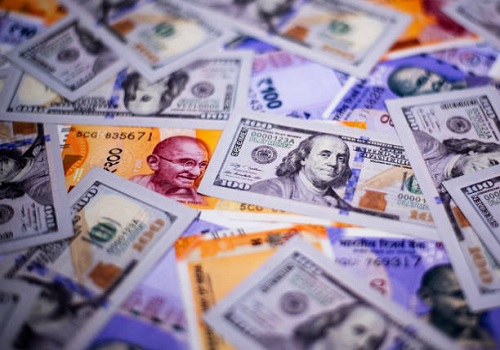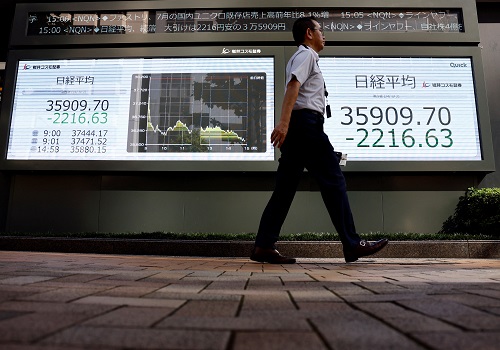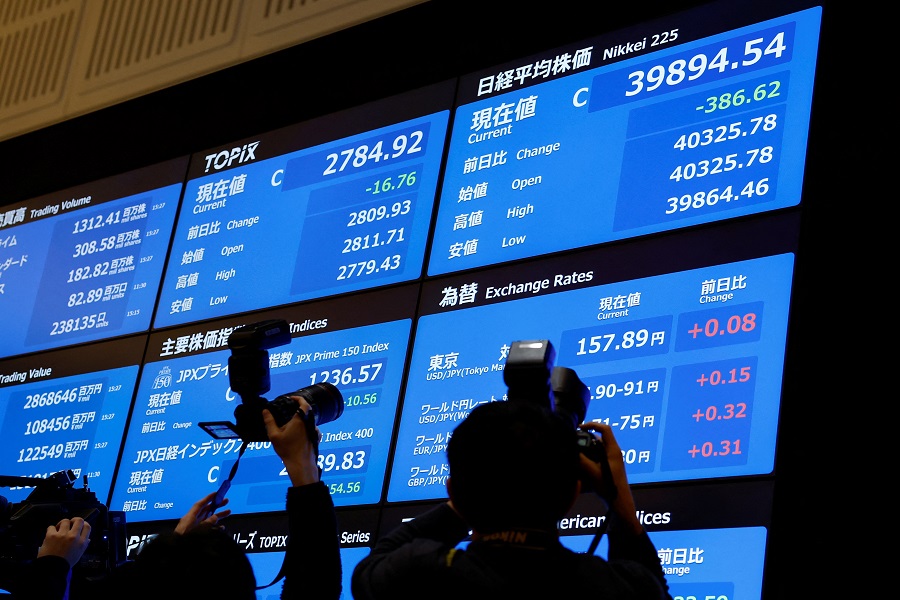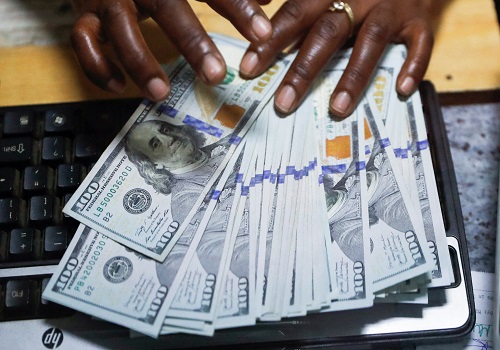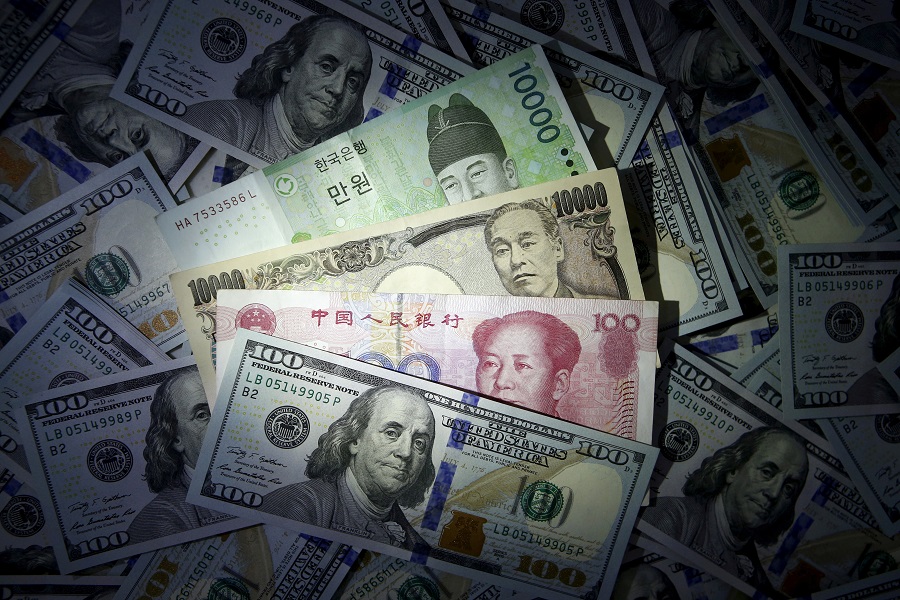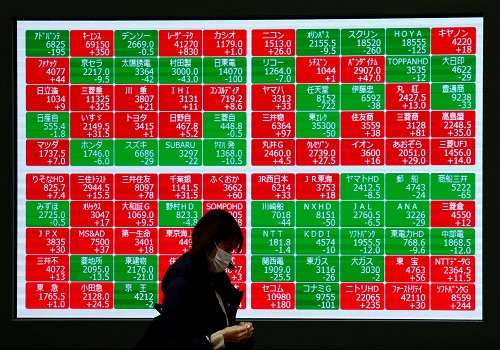Asia shares drift lower ahead of inflation feast
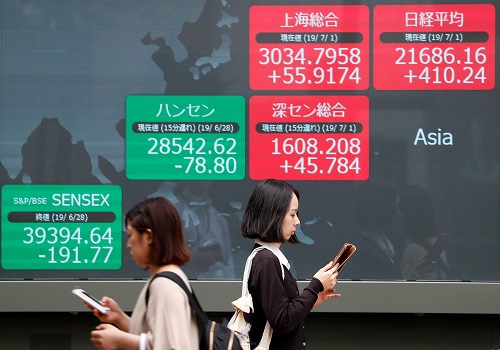
Asian shares stalled near seven-month highs on Monday as investors awaited inflation data from the United States, Japan and Europe that will help refine expectations for future rate moves.
The Federal Reserve's favoured measure of inflation - the core personal consumption expenditures (PCE) price index - is due on Thursday and forecasts are for a rise of 0.4%.
It was not long ago investors were hoping for just a 0.2% increase but high readings on consumer and producer prices suggest the risk is for a result as high as 0.5%.
Markets have already pushed out the likely timing of a first Fed easing from May to June, which is currently priced at around a 70% probability. Futures imply a little more than three quarter-point cuts this year, compared to five at the start of the month.
There are at least 10 Fed speakers on the docket this week, and are likely to repeat their mantra of staying cautious on rates. The ISM manufacturing survey is due on Friday, as are PMIs for China.
Despite the hawkish shift, Wall Street still managed to make new highs helped by huge gains for AI diva Nvidia, which added $277 billion in market value last week.
"This may be a catalyst not only for the Street to get materially more bullish on U.S. Equities but also to see a further decoupling of stocks and yields since the Mag7 are proving to deliver on earnings expectations irrespective of the interest rate environment," wrote analysts at JPMorgan in a note.
On Monday, S&P 500 futures and Nasdaq futures were both trading 0.2% lower. EUROSTOXX 50 futures and FTSE futures both eased 0.1%.
MSCI's broadest index of Asia-Pacific shares outside Japan dipped 0.3%, having climbed 1.7% last week to seven-month highs.
Those past gains were helped in large part by a rally in Chinese stocks, which have jumped almost 10% in as many sessions on hopes for more aggressive stimulus. Blue chips were off 0.4% on Monday.
Japan's Nikkei rose 0.5%, having climbed 1.6% last week to clear its previous record high as bulls look to test the 40,000 barrier.
INFLATION, ALL THE TIME
Figures on Japanese consumer prices are due out on Tuesday and are forecast to show core inflation slowed to 1.8% in January, the lowest since March 2022.
A soft result would add to the case against a tightening from the Bank of Japan, though policy makers seem to be counting on rising wages to justify putting an end to negative rates in either March or April.
Figures on inflation in the European Union are due on Friday, with the core again seen slowing to the lowest since early 2022 at 2.9% and bringing nearer the day when the European Central Bank might ease policy.
Markets are almost fully priced for a first cut in June, with April seen as a 36% chance.
The head of the ECB Christine Lagarde speaks later on Monday, as does the chief economist of the Bank of England.
Incidentally, the Reserve Bank of New Zealand (RBNZ) holds its first policy meeting of the year on Wednesday and there is some chance it might actually hike rates given stubborn inflation, even though the country likely slipped into recession in the fourth quarter.
The shift in Fed pricing saw Treasury yields hit a three month high last week, though bonds did managed to rally on Friday. The market faces a tough test later in the session when Treasury sells $127 billion of two- and five-year notes, with another $42 billion in seven-year paper due on Tuesday. [US/]
There is also a risk some U.S. government agencies could be shut down if Congress cannot agree on a borrowing extension by Friday.
In currency markets, higher bond yields globally have been a burden for the yen which hit multi-month lows on the euro, and a nine-year trough on the Australian and New Zealand dollars.
Early Monday, the euro sat at 162.70 yen, just off its peak of 163.45, while the dollar held at 150.45 yen and just short of its top of 150.88. [USD/]
The single currency was steady at $1.0816, having briefly been as high as $1.0889 last week.
In commodity markets, gold was a fraction softer at $2,032 an ounce, having rallied 1.4% last week.
Oil prices have drifted lower as concerns about demand, particularly from China, have outweighed risks to supply from the Middle East. [O/R]
Brent dipped 40 cents to $81.22 a barrel, while U.S. crude fell 37 cents to $76.12 per barrel.
















